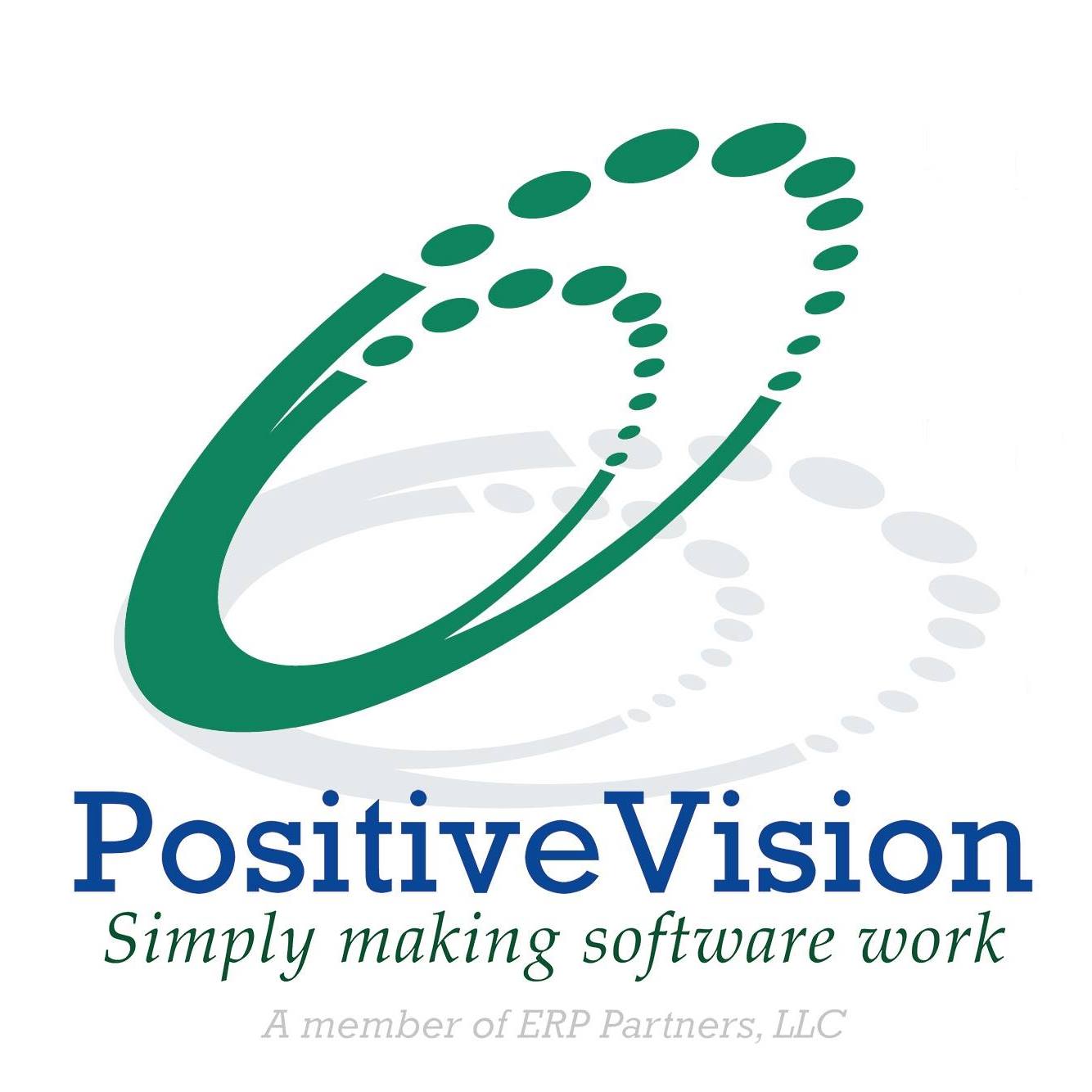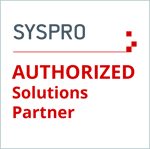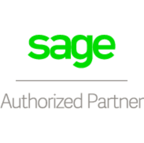Greek philosopher Heraclitus said it best: “The only constant is change.” In business, companies are on the relentless pursuit of improvement, which usually means change. The systems they work with are no different. In order to grow and change along with the businesses it serves, SYSPRO ERP recently announced the newest version, SYSPRO 8. This latest release continues to add to the existing industry-built capabilities and is adding to the modules that support manufacturing operations management, quality management, and corporate performance management.
Business Automation and Software Blog
Managing Business Growth with a Scalable ERP System
Perhaps a business owner’s biggest dream is for business to boom overnight, for unprecedented growth to increase profits, with the back-end power to sustain the improved output.
Unfortunately, for many businesses, the reality of a sudden increase in sales can be overwhelming. The list of challenges ranges from the management of extra resources and the handling of additional data to a bigger customer pool clambering for immediate, excellent service. Being able to efficiently match the scale of operations to the demand of the marketplace is critical for business success and sustainability.
Is Enterprise Resource Planning (ERP) Outdated?
With so many changes in technology that occur every single day—remember when your phone only made phone calls? —you might be surprised to learn that what you thought was a newer software solution in fact had its birth more than 50 years ago. Enterprise resource planning (ERP) software solutions may have come from early Material Requirements Planning software developed in the 1960s, but that doesn’t mean the modern ERP is outdated.
Barcoding Technology Has a Direct Impact on Inventory Management
One of the biggest dangers a business will face won’t come from its competitors. It won’t come from the economy. It will come from inside, and that’s the danger of doing things the way they’ve always been done. Your organization may have progressed from an all paper operation to a few desktop computers to laptops, but if you’re not keeping track of day-to-day operations at the speed of business, you’re only causing yourself harm. If your systems have not kept pace with the growth of your business, you could be losing both business and money.
Topics: inventory control
The Three Different Types of ERP Manufacturing Systems
As a manufacturer, you face a challenging and opportunity-rich environment. You must navigate changing demand patterns, manage global complexity, and meet growing sustainability and compliance requirements. One of the most common and costly mistakes a manufacturer can make is choosing an ERP software system that does not fit with their process. A good example of this would be a chemical producer who selects and implements software designed for a company that develops furniture or automotive parts. This is an obvious mismatch, but sometimes the specifics may not be so clear cut.
Topics: ERP Software, business management software
3 Steps to Improving Warehouse Efficiency and Inventory Control
Let’s face it—as time goes on, it becomes harder to keep your warehouse as organized and efficient as you would like. The longer you’ve been in business, the harder it most likely seems to keep your warehouse flowing smoothly and efficiently. To improve warehouse efficiency and inventory control, companies must re-evaluate their processes and procedures. Bin locations that increase workload and picking methods that are not industry appropriate is just one example of how a company’s efficiency may be decreased by their current processes. But, you’re not on your own: Plenty of resources exist—such as inventory management software to track, manage, and organize product sales, material purchases, and other production processes—to get you on track. Check out these helpful steps to organize your warehouse properly and, ultimately, improve warehouse efficiency.
Topics: Warehouse Efficiency, Manufacturing ERP Software, inventory control
How Can Material Requirement Planning Benefit My Company?
Material Requirement Planning (MRP) is a common term in the manufacturing industry, but what does it mean exactly? In short, material requirement planning is a production planning and inventory management system designed to manage manufacturing business processes. Its ultimate goal is to keep adequate inventory levels to ensure that the required materials are available as they are needed. The main objectives of material requirement planning include:
Topics: material requirement planning, MRP system, MRP software
ERP vs. CRM Software – What’s the Difference?
Today’s technology gives companies an advantage they have never had. With the ability to streamline processes and access data in real-time, companies can stay on top of their competition. In addition, today’s data analysis technology allows companies to foresee future events and plan accordingly. These tools, which include both enterprise resource planning software (ERP) and customer relationship management (CRM) software, give companies the power to control their success in today’s market. While similar at first glance, ERP and CRM platforms are distinctively different. Understanding each platform is critical to your system’s success.
Topics: ERP and CRM integration, ERP vs CRM, ERP and CRM
How to Lock Down Your ERP System against Cyber Attacks and Data Breaches
No less than 14 retailers were hacked between January 2017 and April 2018 and had information stolen. Sears, Kmart, Delta, Best Buy, Panera Bread, and Whole Foods, just to name a few and that’s just retailers. It doesn’t include financial groups such as Equifax or even web service providers like Yahoo.
Anyone in IT consulting can tell you: Cybersecurity is a big deal in the modern world and, if your ERP systems are not protected, you’re putting more than just your company at risk. It’s your job to keep your customers and their data safe, too.
Why Food and Beverage Technology is Good for Your Health
Back in April, salads were suddenly unhealthy to eat due to a particularly deadly E. coli contamination on romaine lettuce. Instances like these bring a lot of things to light about food handling and processing. For anyone who works in the food and beverage industry, it heightens that daily awareness that the strict controls of your work schedule could be a major part of what stands between your customers and a very uncomfortable time in the bathroom.



 © 2019 PositiveVision • 219 E. Thorndale Ave. Roselle, IL 60172
© 2019 PositiveVision • 219 E. Thorndale Ave. Roselle, IL 60172